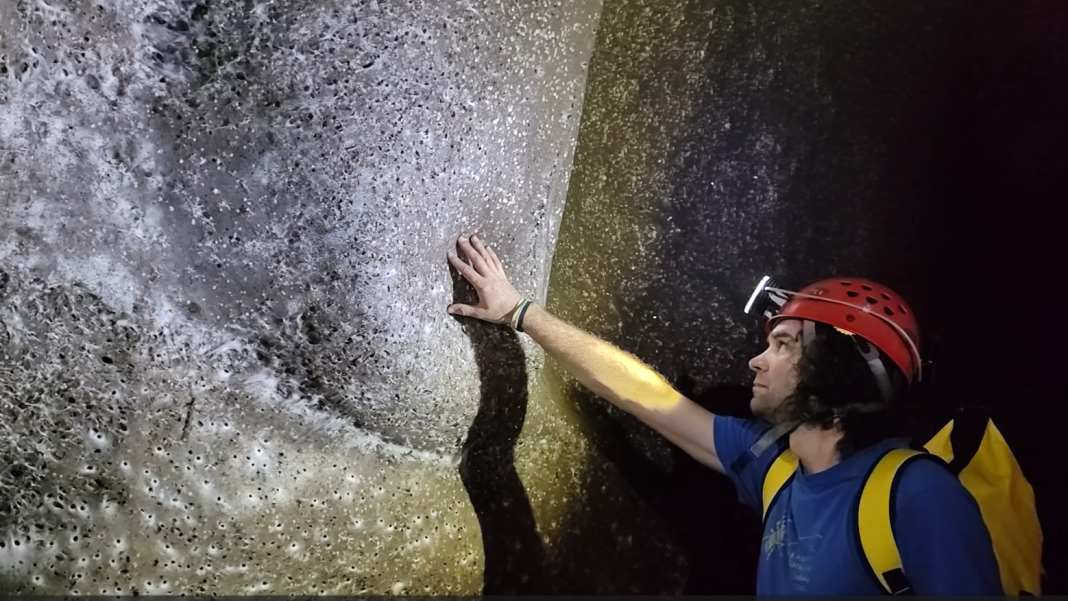Imagine a world spun entirely from silk, stretching further than you can see, populated by a bustling city of eight-legged architects. Sounds like a fantasy novel, right? Well, prepare to have your mind blown, because this isn’t fiction. Deep within a place ominously named ‘Sulfur Cave,’ scientists have unearthed what’s being hailed as the world’s biggest spiderweb, a monumental tapestry woven by an astounding 111,000 arachnids living in perpetual, pitch-black darkness.
Into the Abyss: A Kingdom of Silk
Sulfur Cave is not your average cavern. It’s an extreme environment, a subterranean world devoid of sunlight, rich in sulfur compounds, and largely unexplored until now. For the creatures that call it home, life is a constant challenge, forcing adaptations that are nothing short of incredible. And these arachnids? They’ve not just adapted; they’ve thrived by building a super-structure that defies belief.
Picture it: 111,000 individual spiders, not in competition, but in a grand, collaborative effort. They’re building a communal web so vast and intricate that it forms an entire ecosystem within the cave. This isn’t just a sticky trap; it’s a sprawling metropolis of silk, providing shelter, hunting grounds, and a highway system for its countless inhabitants. It’s a testament to the power of collective effort, even in the most inhospitable conditions imaginable.
The sheer scale is what truly sets this discovery apart. This isn’t a single web spun by one giant spider, but a colossal, interwoven network created by thousands upon thousands of smaller arachnids. It highlights a unique social behavior for creatures often considered solitary. In the eternal night of Sulfur Cave, unity is their ultimate strength, allowing them to construct something far beyond the capability of any single spider.
An Unseen Wonder: The Web’s Architecture and Life in the Dark
What does a web of this magnitude look like? Imagine layers upon layers of silk, shimmering faintly in the beam of a headlamp, stretching across vast chambers, connecting stalactites and stalagmites. It’s a living, breathing architectural marvel, constantly being expanded, repaired, and utilized by its diligent builders. This isn’t just engineering; it’s an art form born of necessity. The web acts as an enormous filter, capturing cave-dwelling insects and other small invertebrates that make their way into this unique subterranean world.
Life in pitch black demands extraordinary adaptations. These spiders have likely evolved enhanced senses, using vibrations through the silk to navigate, communicate, and detect prey. Their eyes, often reduced or non-functional, are replaced by a hypersensitivity to their environment, making the web their extended nervous system. As one astonished researcher reportedly put it, “It’s like walking into an alien cathedral, built strand by delicate strand, where every vibration tells a story of survival and cooperation. The sheer dedication to this communal structure is breathtaking.”
This discovery in Sulfur Cave isn’t just about finding a big web; it’s about uncovering a hidden world where life finds an ingenious way to flourish against all odds. It reminds us that our planet is still full of mysteries, and some of the most profound wonders are found not in grand vistas, but in the deepest, darkest corners, woven by creatures we often overlook.
It’s a powerful narrative of resilience, community, and the incredible ingenuity of nature – a truly TrendLyric.com worthy story!




